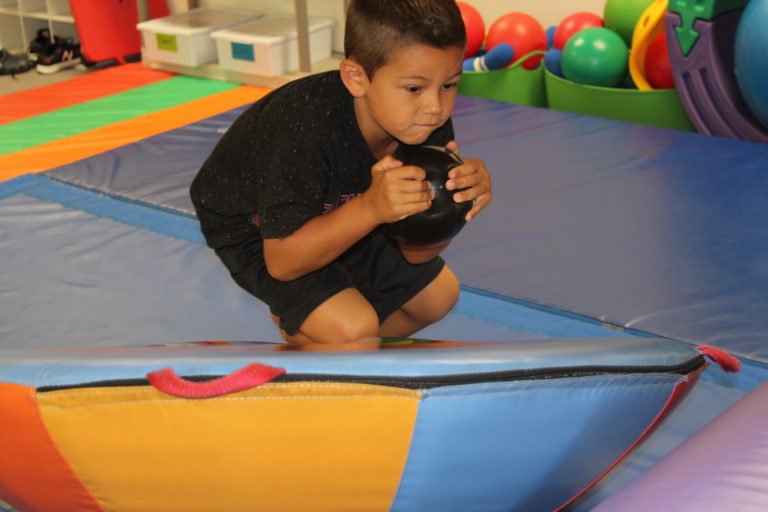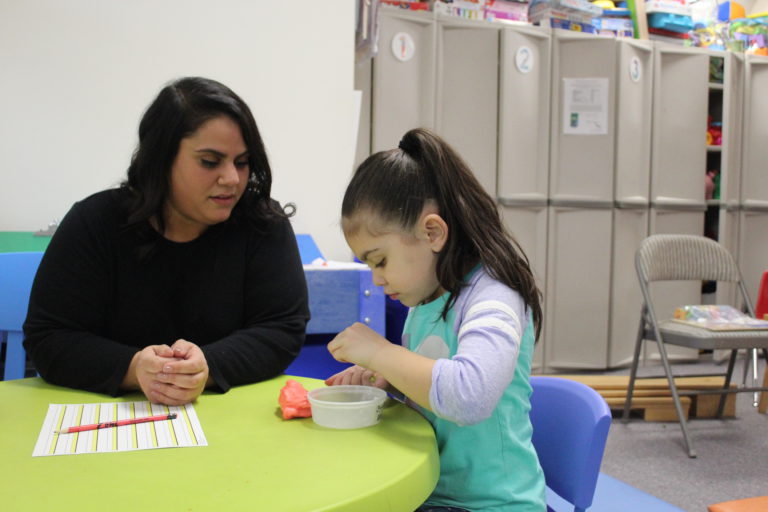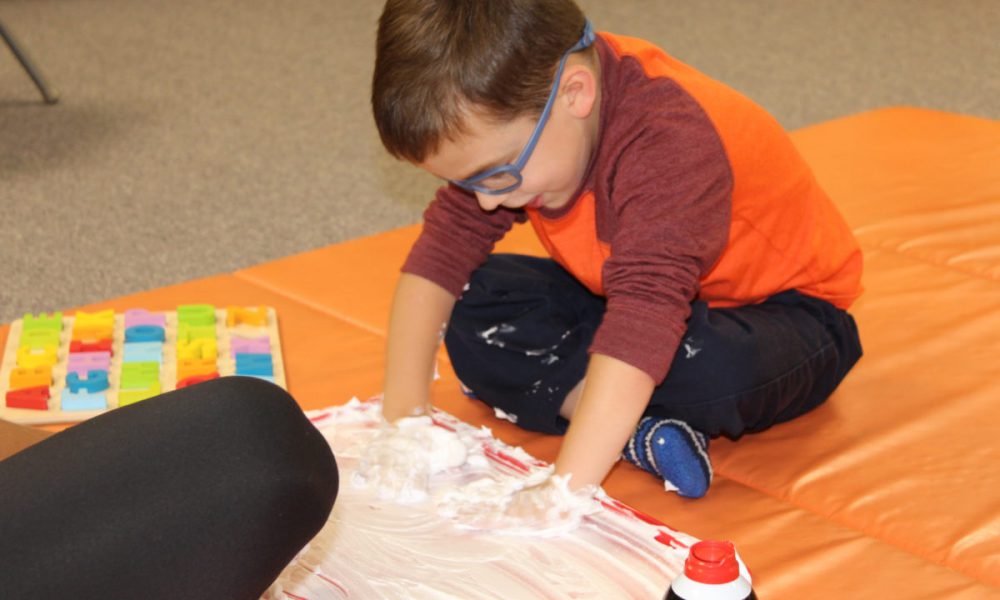What is Tactile Defensiveness?
Tactile defensiveness refers to the reactions or aversive responses that may occur for those sensitive to touch. Someone may experience a lack of tolerance for light or deep pressure as well as various textures including wet, dry, or messy. Children may exhibit tactile defensive behaviors when engaging in various sensory play activities such as playdough. It is important to create a positive play experience for children around textures which they may be aversive to.
How will I know if my child is tactile defensive? What are some of the signs?
- Challenges with ADLs (Activities of Daily Living)
- Dislike of certain fabrics or clothing items (shoes, jeans, tight clothing)
- Discomfort from socks or seems/tags
- Difficulty with tooth brushing
- Difficulty with nail cutting/care and bathing
- Difficulty with hair cuts
- Challenges with Play
- Avoidance of messy textures (finger paint, glue, and playdough)
- Difficulty tolerating dirty hands and face
- Challenges with Feeding
- Difficulty engaging with foods with a novel or multiple textures including touching, chewing, sucking and swallowing
- Challenges with Social Interaction
- Hugs
- Personal Space

What can I be doing at home to help my child?
- Encourage your child in a positive environment to explore a variety of textures through play
- Start slowly when introducing novel or challenging items
- If your child begins to show signs of resistance, do not force it
- Engage in Heavy Work Activities to provide calming proprioceptive input to prepare for more challenging situations/activities

- Dry Textures
- Rice/Sand Bins
- Hide toys throughout the bins and have your child search with their fingers, or start by using a shovel/spoon and work up to finger play!
- Rice/Sand Bins
- Wet/Sticky Textures
- Finger Painting
- This is a great activity because it can be done with traditional paint or even food items (ketchup, pudding, etc)
- Play Dough
- Drawing in shaving cream
- Finger Painting


Beth Baker & Alyssa Vugdalic
Beth and Alyssa are the authors of this piece. Beth is an Occupational Therapist and attended Hofstra University. Alyssa is an Occupational Therapist Assistant and attended Lincoln College of New England. If you are interested in having your child evaluated with us, please contact us!
(The pictures used here were taken prior to the outbreak of Covid-19. Masks are required in all of our locations.)



